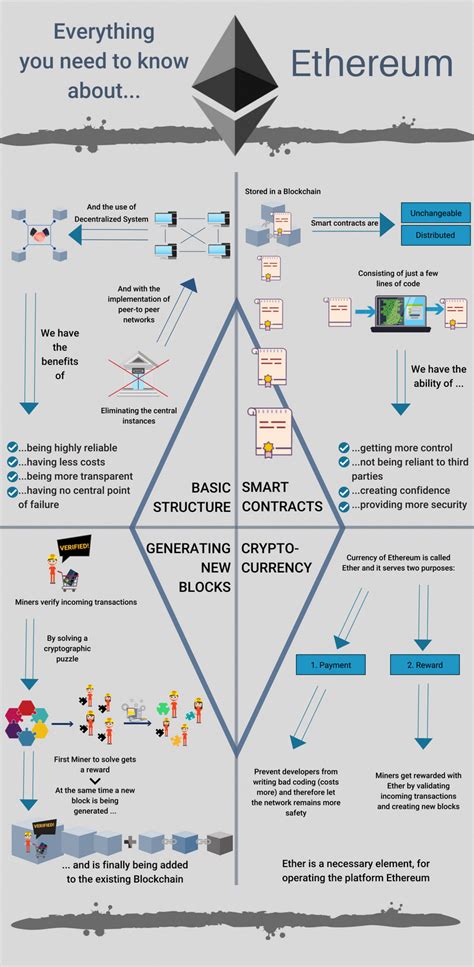Ethereum’s Potential: A Comparison to Bitcoin’s Bandwidth Capabilities

As the world continues to embrace digital currencies, the question on everyone’s mind is: What if Bitcoin could increase its transaction capacity with an additional level of scalability? In this article, we’ll delve into Ethereum’s potential bandwidth and explore how it could compare to Bitcoin in terms of high transaction volume.
What does this mean for Bitcoin?
When Visa, one of the largest payment processors in the world, began researching digital currencies like Bitcoin, they were faced with a critical question: Can Bitcoin increase its transaction capacity with sufficient bandwidth? The answer lies in the current capacity limitations of the protocol underlying Bitcoin.
Currently, Bitcoin’s block size limit is around 1 million transactions per day. While this may seem insurmountable for smaller transactions, it is still within Bitcoin’s power to handle. However, as the number of transactions increases, especially on platforms like Visa that process billions of dollars in daily transactions, the problem becomes increasingly acute.
Ethereum: The Scalability Solution
Enter Ethereum, a blockchain platform that offers a significantly different approach to scaling. Ethereum’s native token, Ether (ETH), is not just used for transactions; it is also a programmable blockchain that allows developers to build decentralized applications (dApps).
Ethereum’s architecture is designed with scalability in mind. It uses a consensus algorithm called proof-of-work (PoW), but has undergone significant improvements over time. The most notable upgrade was the move from PoW to Ethereum 2.0, also known as Serenity.
Comparison Time: Bandwidth Capabilities
To put Bitcoin’s bandwidth into perspective, let’s look at some calculations:
- Visa processed approximately $6.5 trillion in transactions in 2020.
- Bitcoin’s block size limit is approximately 1 million transactions per day.
- The estimated daily number of Ethereum blocks would be over 50 billion.
On the other hand, Ethereum claims to process up to 15,000 transactions per second (TPS). This means that Ethereum has a much higher transaction processing capacity than Bitcoin and Visa.
Scalability Benefits
Ethereum’s scalability benefits are obvious, as it can:
- Process thousands of transactions per second
- Support complex dApps with high performance requirements
- Enable decentralized finance (DeFi) applications that require large data storage and computation
Challenges Ahead
While Ethereum has made significant progress in scaling, there are still challenges to overcome. One of the main obstacles is the transition to the Proof-of-Stake (PoS) consensus algorithm in Ethereum 2.0. PoS is more energy efficient than PoW, but it requires significant changes to Ethereum’s core architecture.
Conclusion
Bitcoin and Ethereum have vast potential for bandwidth, and Ethereum offers much higher transaction processing capacity. As the world continues to embrace digital currencies, it is important to consider the scalability implications of each platform. While Bitcoin remains a promising candidate, its current limitations are becoming increasingly burdensome.
Moving forward, it is clear that both Bitcoin and Ethereum will continue to evolve, pushing the limits of scalability for each platform. By understanding these opportunities, developers, businesses, and consumers can better navigate the future of digital currencies.
Sources:
- Ethereum “Ethereum 2.0: A Scalable and Secure DeFi Solution”
- Visa “Visa Digital Payments Strategy”.
- Ethereum “Ethereum 2.0 Roadmap”.
